Marvel at dramatic contrasts and emotional intensity in canvases by Caravaggio, Tintoretto, and Veronese. Their vivid colors and theatrical scenes show the shift from harmony to heightened realism.
The Pinacoteca di Brera is housed in the Palazzo Brera, which also contains the Brera Academy of Fine Arts and the Brera Botanical Garden.
Raphael’s "The Marriage of the Virgin" is one of the museum’s most celebrated paintings and a prime example of Italian Renaissance art.
Caravaggio’s "Supper at Emmaus" is renowned for its dramatic use of light and shadow, a hallmark of the Baroque period.
Step into Italy’s artistic heart: Pinacoteca di Brera houses one of Milan’s most important collections, including masterpieces by Raphael, Caravaggio, Titian, and Bellini. Every room tells a story of Italian art from the Renaissance to the modern era.
A Renaissance palace experience: The gallery is located in the historic 17th-century Brera Palace. Walking its halls feels like traveling back in time, surrounded by elegant architecture and centuries of Milanese history.
Explore Milan’s bohemian quarter: Situated in the Brera district, the gallery visit can be paired with a stroll through charming cobbled streets, cafés, and artisan shops, giving a taste of Milanese culture beyond the walls of the museum.
Temporary exhibitions and events: Pinacoteca regularly hosts special exhibitions and guided tours, offering fresh perspectives on classical and contemporary art for repeat visitors.
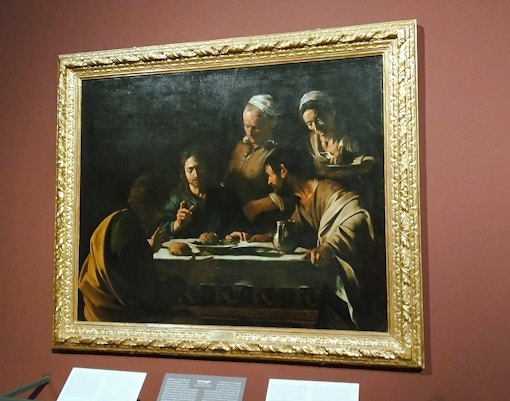
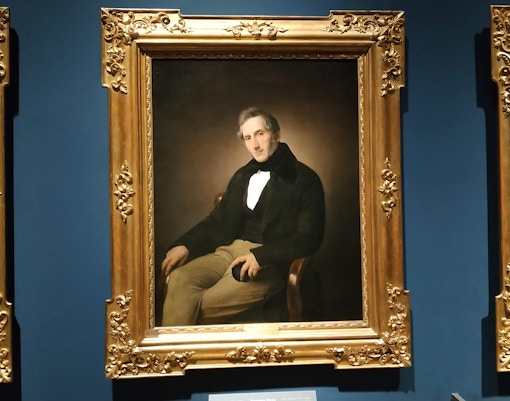
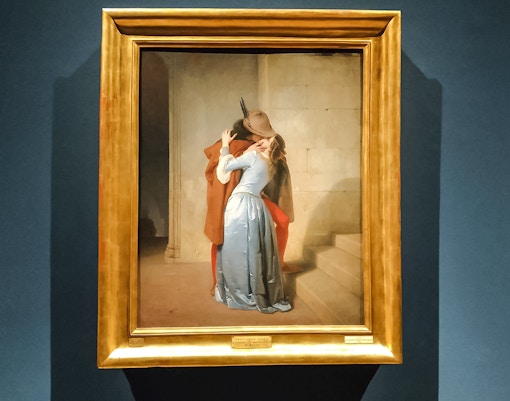
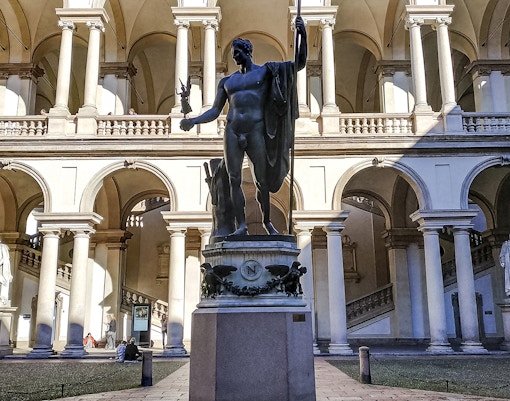
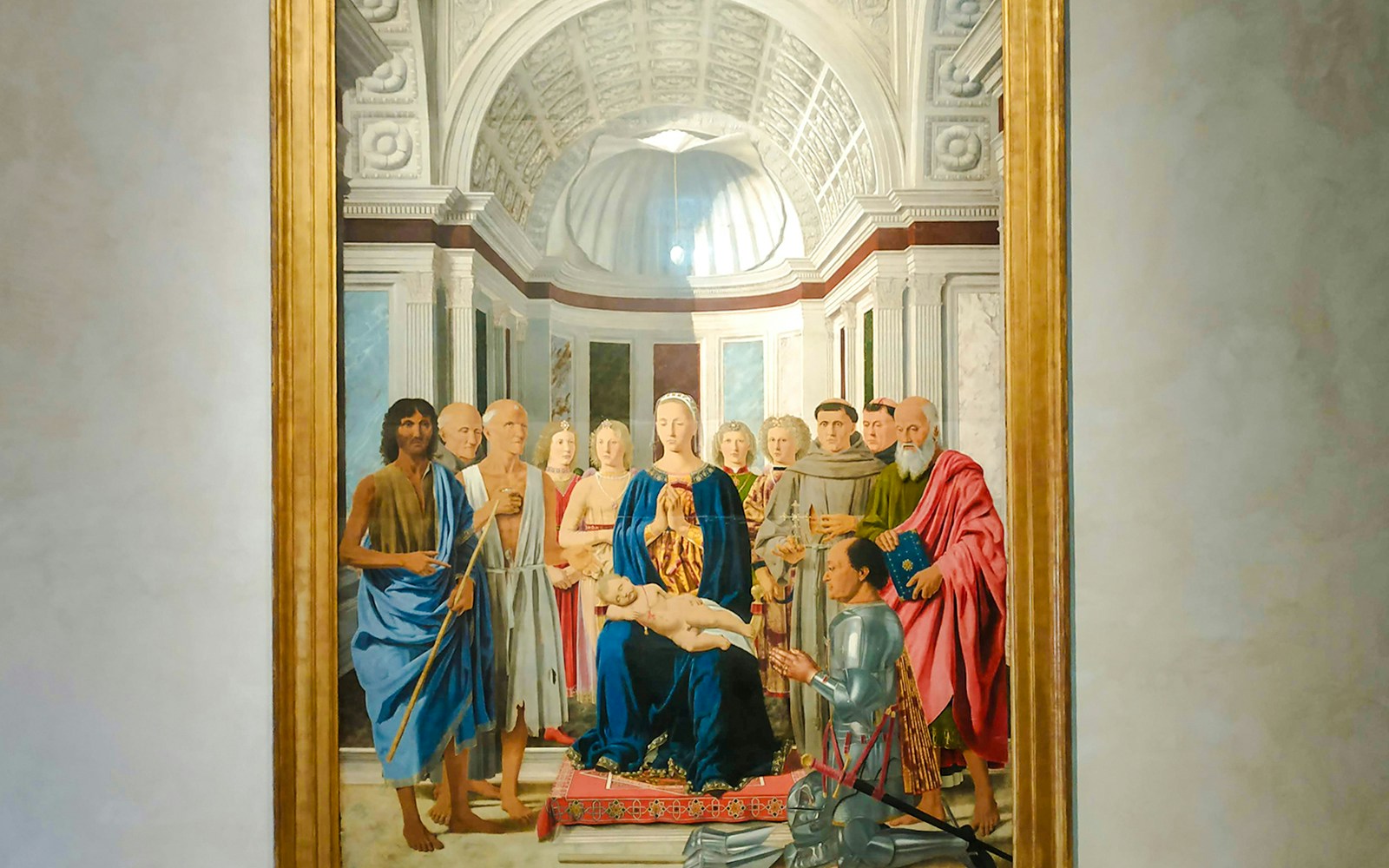
Raphael’s early genius shines in this graceful depiction of Mary and Joseph’s wedding before a domed temple.
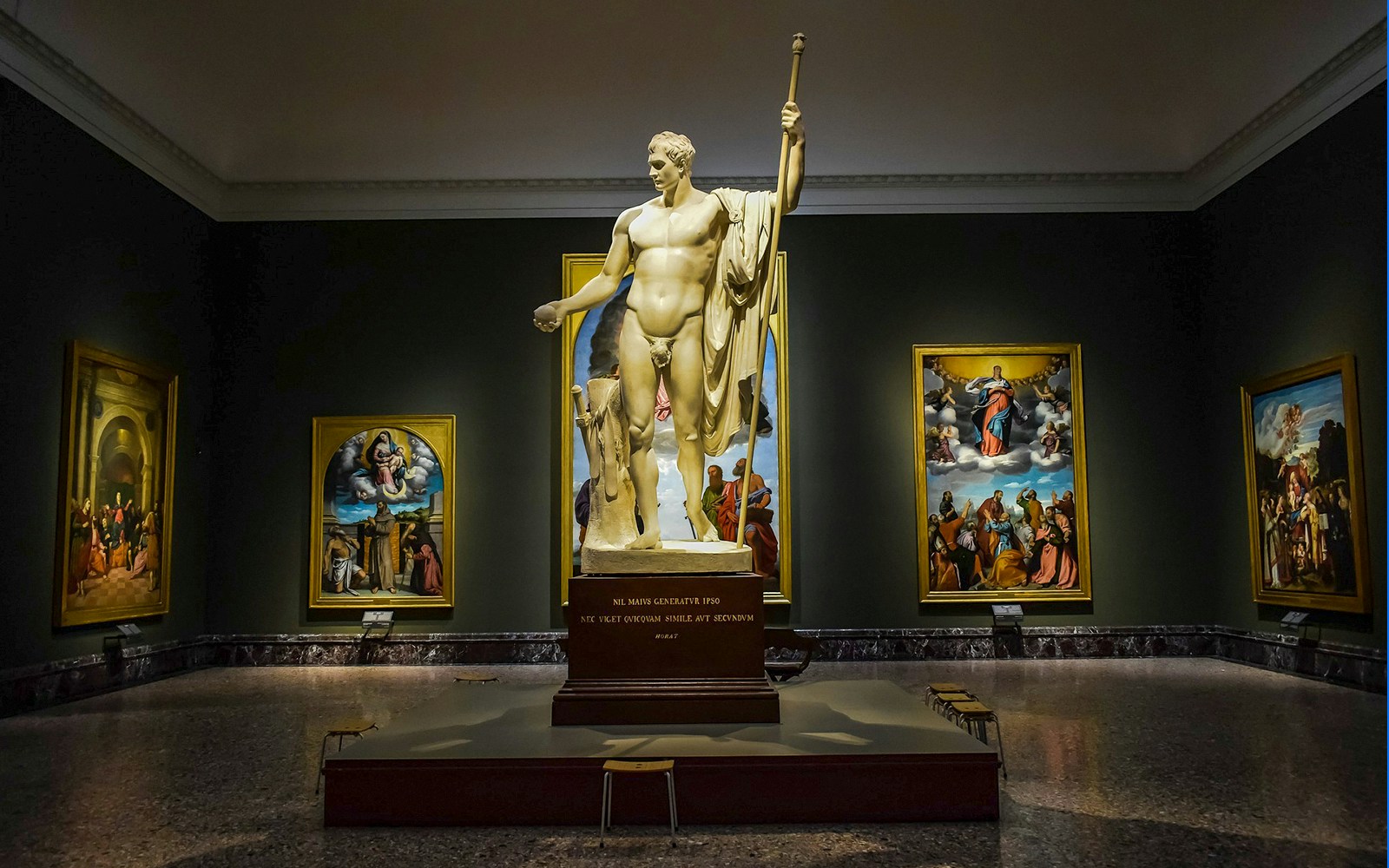
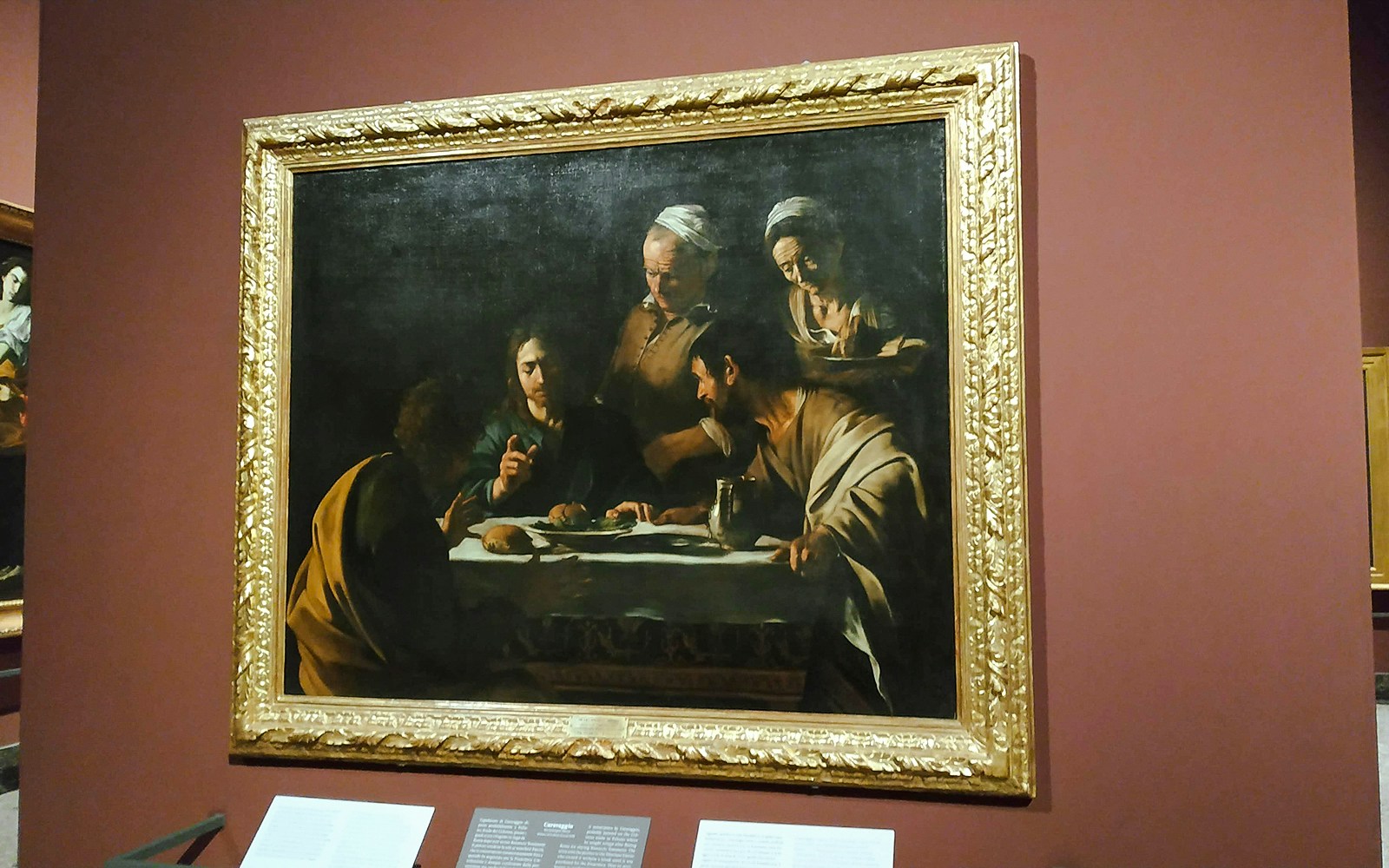
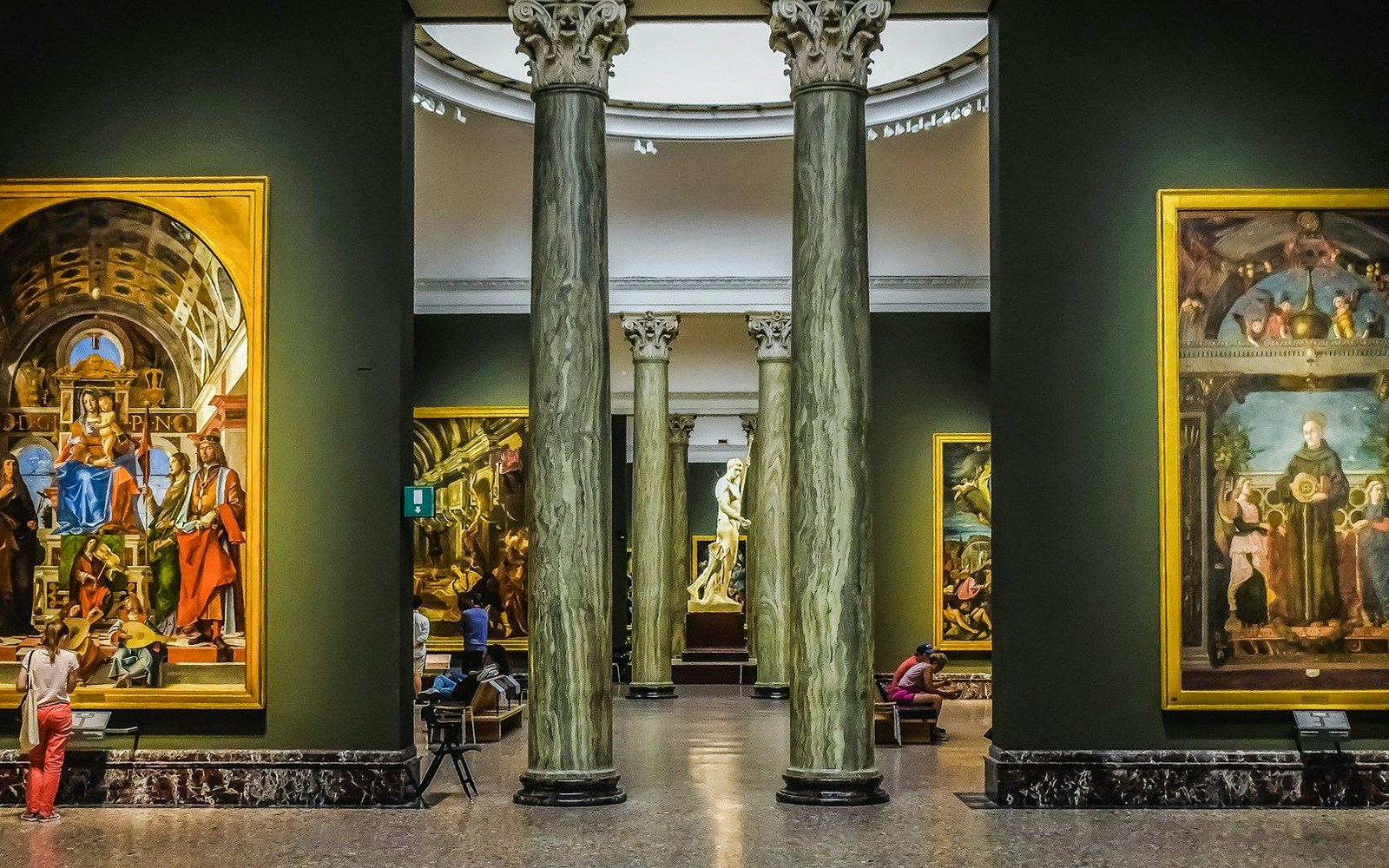
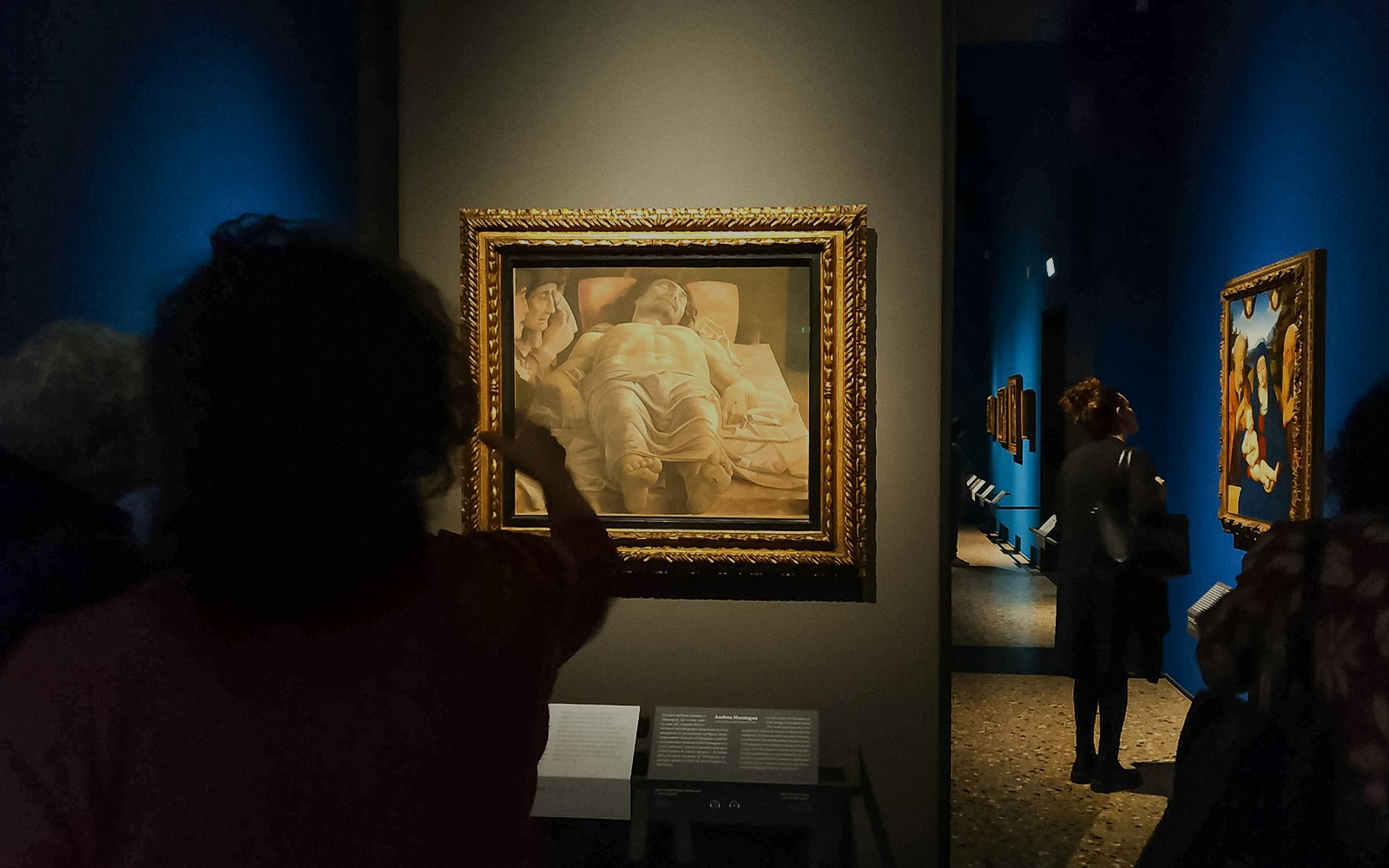
The Pinacoteca di Brera is housed in the Palazzo di Brera, originally designed in the late 16th century by Francesco Maria Richini, a leading architect of Milan’s Baroque era. Built for the Jesuits, the palace blended classical symmetry with grand courtyards and arcades. It was later transformed into an art academy and gallery under Napoleon’s reforms in the early 19th century.
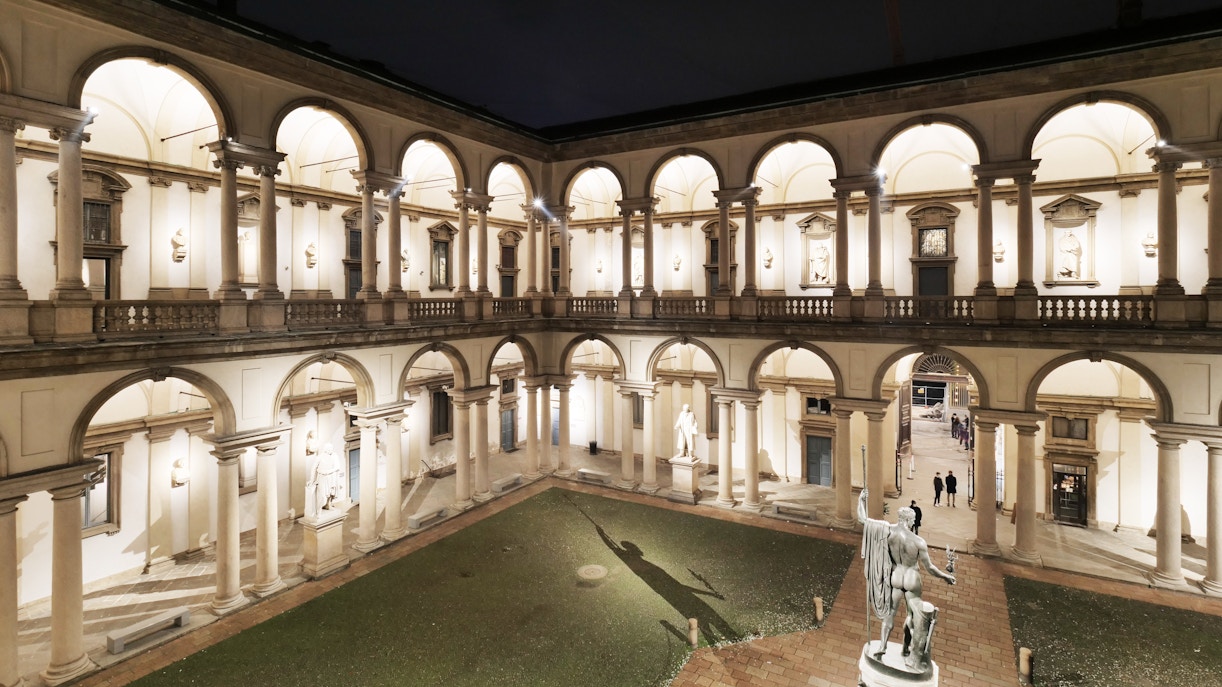
Pinacoteca di Brera is one of Italy’s most important art galleries, showcasing masterpieces from the Italian Renaissance, Baroque, and Romantic periods. It houses works by Raphael, Caravaggio, Titian, Bellini, and Francesco Hayez, making it a central destination for anyone interested in Italian art and Milanese cultural history.
Highlights include Raphael’s The Marriage of the Virgin, Caravaggio’s Supper at Emmaus, Titian’s Pietà, Bellini’s Madonna and Child, and Hayez’s The Kiss. These works span religious, mythological, and historical themes and represent key moments in Italian art.
Yes. In addition to its permanent collection, Pinacoteca di Brera regularly hosts temporary exhibitions that explore specific artists or artistic themes. These exhibitions provide fresh perspectives and highlight lesser-known works alongside the gallery’s famous masterpieces.
Absolutely. Guided tours are available for visitors who want deeper insight into the gallery’s renowned collection. Tours cover key artworks like Raphael’s The Marriage of the Virgin, Caravaggio’s Supper at Emmaus, and Hayez’s The Kiss, as well as the history of the Brera district and the gallery itself.
Yes. The gallery is family-friendly, with tours and educational activities designed to engage young visitors. Children can learn about iconic works by Titian, Bellini, and Caravaggio in an interactive way that brings Italian art and history to life.
Yes. The gallery is located near the historic Brera Botanical Garden, which is free to enter, making it easy to combine an art visit with a relaxing stroll through the garden.
Pinacoteca di Brera Entry Tickets
Pinacoteca di Brera Guided Tour with Brera Neighborhood Walking Tour
Combo (Save 5%): Pinacoteca di Brera Entry with Milan Cathedral, Museum & Terraces Tickets
Combo (Save 5%): Pinacoteca di Brera + Sforza Castle Entry Tickets with Audio Guide